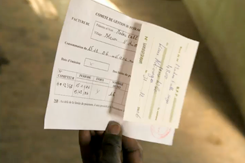En France, l'Institut national de la santé et de la recherche médicale (INSERM), en relation avec l'Institut de veille sanitaire (InVS) et leurs homologues européens, coordonne depuis 1992, un réseau de surveillance épidémiologique de la maladie de Creutzfeldt-Jakob (MCJ). Au total, cialis cialis generique 27 cas de vMCJ certains ou probables ont été identifiés en France au 31 mai 2013. À ce jour, tous sauf le dernier cas signalé en 2012 sont décédés. Transmission of scrapie by oral route: effect of gingival scarification.
Great finds
- Non Gamstop Casinos
- Non Gamstop Casinos
- Non Gamstop Casinos
- Casinos Not On Gamstop
- UK Casinos Not On Gamstop
- Casino Non Aams Sicuri
- Siti Non Aams
- Non Gamstop Casinos UK
- Casino Not On Gamstop
- Non Gamstop Casino Sites UK
- Slots Not On Gamstop
- Non Gamstop Casinos
- UK Casino Not On Gamstop
- UK Casino Not On Gamstop Self-exclusion
- UK Casinos Not On Gamstop
- Best Non Gamstop Casinos
- Casino Sites Not On Gamstop
- Non Gamstop Casino Sites UK
- Meilleur Casino En Ligne France
- Casinos Not On Gamstop
- Best Betting Sites In UK 2025
- Meilleur Casino En Ligne France
- Casino Non Aams
- Casino Not On Gamstop
- Best Crypto Casino
- Meilleur Site De Casino En Ligne Belgique
- Siti Non Aams
